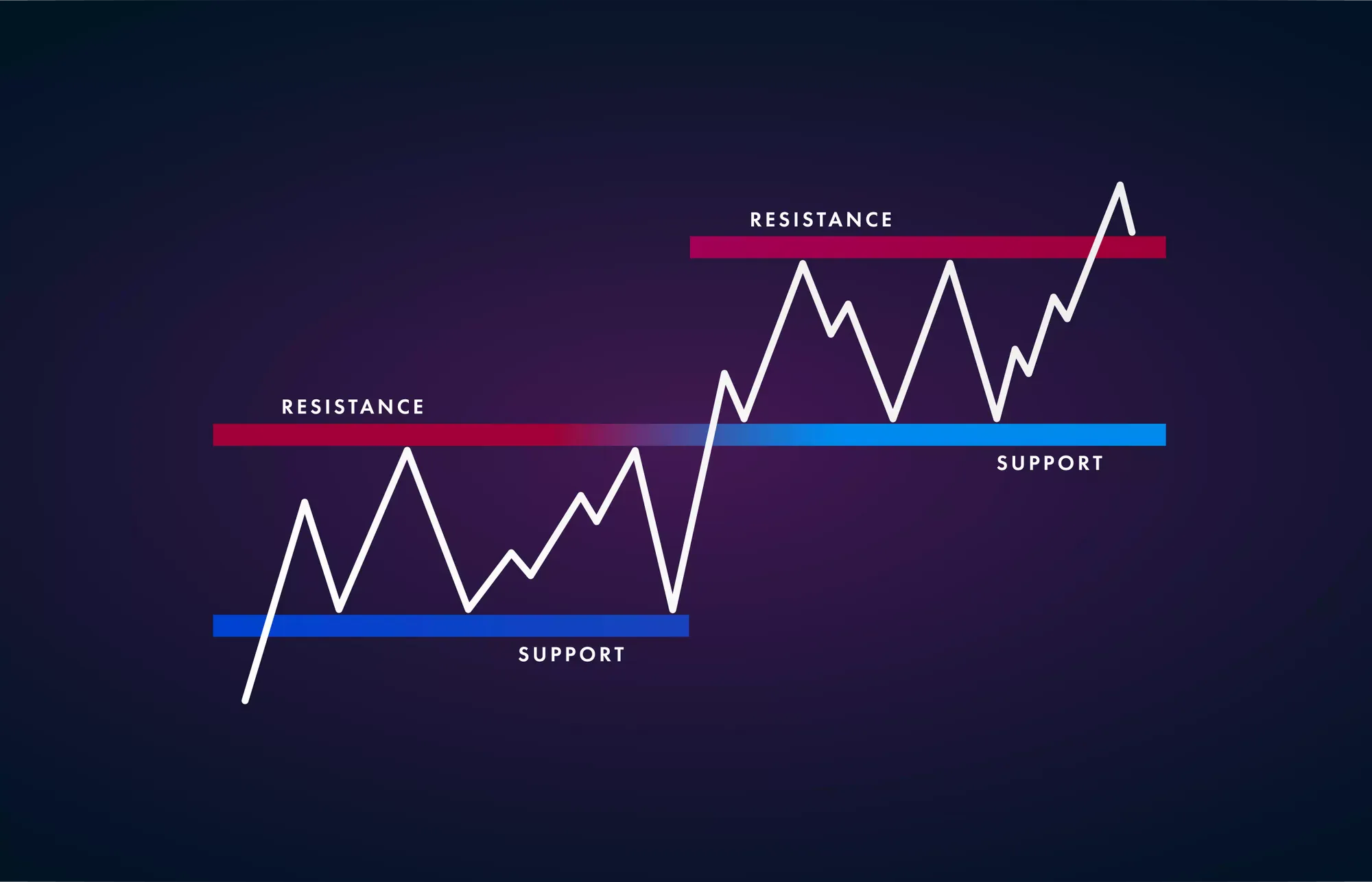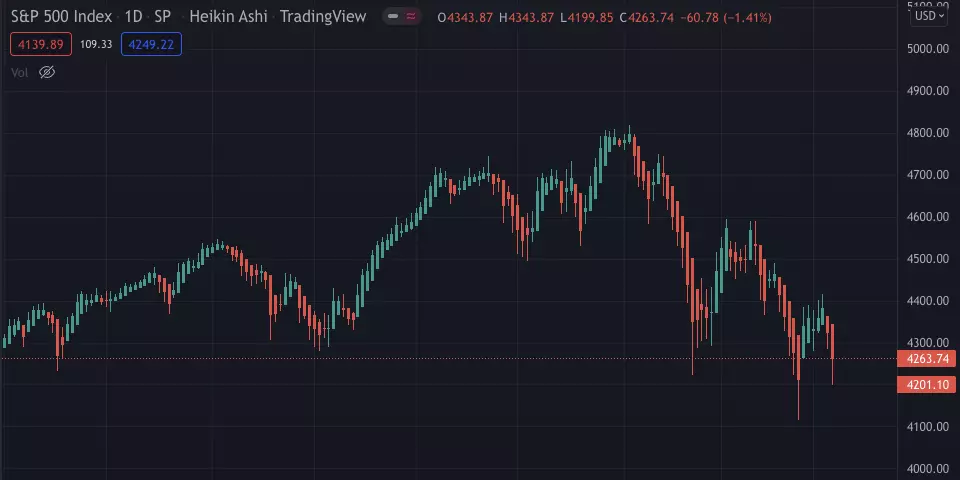There are countless strategies, articles, and videos with a lot of insight into selling options. I've spent hours upon hours reading about options and trying to improve my strategy. I won some trades and lost some, but the most important was the knowledge I gained throughout the year, learning from my "costly" mistakes.
Risk Disclaimer: Options trading involves considerable risk and is unsuitable for all investors. There is a high risk of losing the entire investment within a relatively short period of time. Please make sure you are willing to take this risk before deciding to trade options.So, how to make better options trades, you ask. I know you're impatient, but let me share some of the valuable insights I've learned since I started trading options last year.
Just to clarify, better trades don't mean they will always win, but I can help you improve the value you get out of the trades you make in the long run.
Here is the main strategy I follow when I sell an option.
- Margin of safety. Sell options with a margin of safety of at least 30%.
- Supply and demand zones. Always look for the critical supply and demand zones. Sell an option below support or above resistance.
- High volatility is your friend. A higher volatility means more premium. Aim to get at least 2% for one month till expiration.
- Theta decay. Sell options with an expiration date between two weeks and one month.
- Take profits early. Close the option trade when you are at least 50-80% in profit.
- Collateral size. Don't risk more than 10-20% of your capital on one trade.
1. Sell options with a margin of safety of at least 30%.
Always use a margin of safety of at least 30% when choosing your strike price. The further out you go, the more irrelevant the stock price movements are. Yes, the premiums may seem low but always know that if you can make 1% in just a few days, this is an annualized return of 70% or more.
By having a significant enough margin of safety, you will never have to worry about price movement as the odds are in your favor.
Try looking at the average monthly gain of the stock for the past three months and multiply that with the current price to try and see where it may be likely to be in a month to help you choose a comfortable safety net.
2. Always look for the critical supply and demand zones. Sell an option below support or above resistance.
Try to find the key levels for the price action in the past three months or at least three times the option's expiration. I usually draw the key support and resistance zones whenever I see the price reacting to them at least 3-5 times.
Let those zones guide you when choosing the strike price, and you are not decided on the appropriate margin of safety.
If you'd like more information about technical analysis, check my article below:

3. Higher volatility means more premium. Aim to get at least 2% for one month till expiration.
When you sell options far out the money on large companies with low volatility, you often get less than a 1% premium for a monthly option. This is usually not worth the risk as the expected value can be very low.
The answer is to seek highly volatile stocks. You could argue that higher implied volatility also means a lot more risk. While this is certainly true, having a large margin of safety makes up for that volatility. The premium on some of those highly volatile stocks can be ridiculously high as sometimes the true volatility of the stock is lower in reality compared to how it is perceived and implied by the market.
The secret is to always get paid enough for the risk you take. Aim to get at least a 2% premium for selling an option that expires in one month. Or at least 1% for an option that is two weeks out.
4. Sell options with an expiration date between two weeks and one month.
The longer you stay in the trade, the higher the risk. I've found that you get the best risk/reward when selling options with about 10 to 40 days of expiration.
Theta decay also plays a massive role in your profits. As the option approaches expiration, your profits will increase exponentially. Two weeks and one month is usually the sweet spot to make the most out of theta decay.
5. Close the option trade when you are at least 50-80% in profit.
Never, never be greedy. I have countless examples saying, "there's no way the option will be in the money one day before expiration". Turns out it's a greater chance than you may think.
If you are 70% in profit and have one more day until the option expires, just take the profits. Is it really worth risking being assigned for just a few dollars extra?
My rule is to take profits between 50% to 80%, depending on my margin of safety and surrounding support/resistance levels. For example, if you only chose a 30% margin of safety and there are no key levels for the price to bounce from, then exit when you are 50% in profit. If you have a comfortable margin and see the price bouncing from key levels, you can take profits at 80%.
I usually set a "good-til-canceled" order at my chosen exit limit, so I no longer have to worry about the trade.
Taking profits earlier gives you an extra margin of safety and could increase your annualized return if the price moves quicker in your favor.
6. Don't risk more than 10-20% of your capital on one trade.
Last but not least, always manage your risk. Never make a trade with more than 10% to 20% of your capital. While you have an edge by implementing all the above safety measures, the odds will eventually turn against you. Be prepared and diversify.
Bottom Line
Selling options have become my favorite way of passive income. Implementing the above strategy helped me maximize my profits and considerably improve my risk/reward ratio. Not only this, but following a clear plan with solid safety measures in place also helped reduce my emotions and trade with less worry.
Hope this will help you build your own strategy in your journey for more profits. Wish you happy trading!






